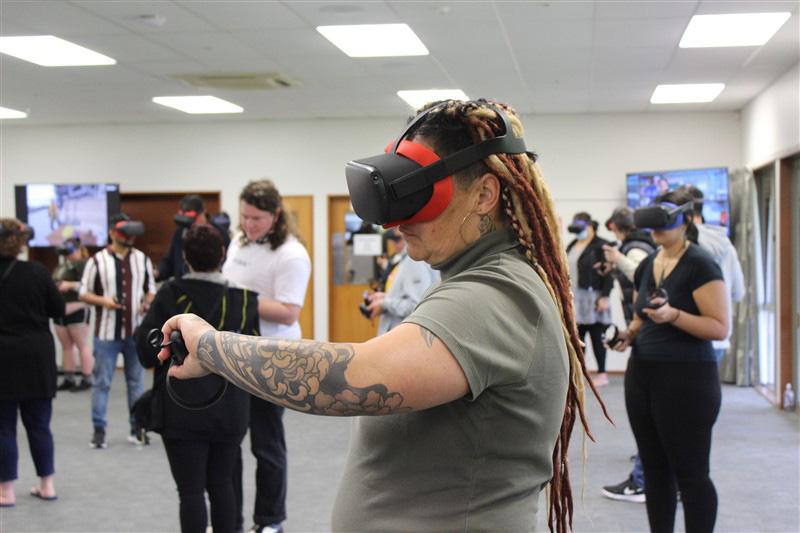As 2023 kicks off, predictions abound on the technology innovations expected in the year ahead. However, several highly anticipated advancements, including the industrial metaverse, 5G wearables, printed electronics, and satellite-to-cell services, will NOT happen in 2023, states global technology intelligence firm ABI Research.
In its new whitepaper, 74 Technology Trends That Will—and Will Not—Shape 2023, ABI Research analysts identify 41 trends that will shape the technology market and 33 others that, although attracting vast amounts of speculation and commentary, are less likely to move the needle over the next twelve months.
“War, inflation, political upheaval, energy shortages, and the ongoing fallout from a global pandemic are still creating a persistent sense of uncertainty. Labour shortages, supply chain issues, falling consumer sentiment, and rising input costs are squeezing many markets. However, the common aspect between all of these is that technology can either be the anchor dragging down operations or the mainsail powering companies forward. The devil is in the detail of the how, who, what, and when of technology investment and implementation. This whitepaper serves as a helpful blueprint for building realistic expectations of key technology markets and verticals,” says Stuart Carlaw, Chief Research Officer at ABI Research.
What won’t happen in 2023?
The Industrial Metaverse
The year 2023 will not be when Industrial and Manufacturing (I&M) firms invest vast sums in the metaverse. Staff will not be creating avatars and solving challenges in virtual worlds. The economic climate does not lend itself to investments that lack a clear pathway to value, such as virtual worlds. I&M firms will be investing in tools that build a digital thread that provides feedback loops between designers, engineers, and manufacturing teams. In addition, there will continue to be investments in digital twins that mirror machines, production lines, and facilities as firms look to optimize their operations.
5G in Consumer Wearables
While wearables can benefit from cellular connectivity, giving them greater freedom from being tethered to smartphones, 5G wearables are still not expected to be seen in 2023. However, all is not yet lost in the sector because, with the gradual evolution of 5G, The 3rd Generation Partnership Project (3GPP) will be introducing Reduced Capability (RedCap) New Radio (NR) under Release 17, Release 18, and beyond. RedCap addresses devices with cost and energy-constrained use cases, aiming at products that are far less complex, cheaper, have good battery life, and require less bandwidth than current 5G new radio (NR) products.
Private 5G
In line with critical enterprise 5G features (URLLC and Time-Sensitive Networking (TSN)) only starting to appear in commercially available chipsets by the end of 2023, Release 16-capable industrial-grade devices will be available at scale by 1Q 2024. Because of this delay, 4G Long Term Evolution (LTE) will remain the dominant cellular connectivity technology until at least 2027, when ABI Research forecasts the infliction point for 5G connectivity to contribute more to enterprise revenue.
Printed Electronics
One of the most exciting areas of growth for the IoT will come from printed electronic designs. Many companies are currently working on developing technology and prototypes, and some initial partnerships between OEMs/ODMs and printing companies have started to be announced. Printed IoT will require traditional printing companies (e.g., vendors selling Near Field Communication (NFC) or Radio Frequency Identification (RFID) label/tag printers or tags) to expand their vision beyond their existing portfolios and to modify how they go to market with customers at the production line and facility level. The market is still in its infancy, and 2023 will not be when the industry is transformed; however, 2022 has given us some of the first glimpses into what new printing technologies could bring to the IoT.
Satellite-to-Cell Services
The emerging satellite-to-cell service segment is picking up momentum as players like Apple, Huawei, SpaceX, Globalstar, AST Space Mobile, and Lynk are accelerating the launch of services. In its current stage, satellite-to-cell services are available for specialized applications but show upside potential in the years to come, with 2023 and likely 2024 being used to prime consumers’ interest. In this respect, ABI Research anticipates that the wider Non-Terrestrial Network-Mobile (NTN-Mobile) service segment, which includes the satellite-to-cell segment, will reach 6.8 million connections by 2027.
“Our goal is to provide the key decision tools businesses need to act with speed, appropriateness, and efficiency. 2023 will be challenging, but it also holds great promise and opportunity,” Carlaw concludes.
For more trends that won’t happen in 2023 and the 41 trends that will, download the whitepaper, 74 Technology Trends That Will—and Will Not—Shape 2023.






